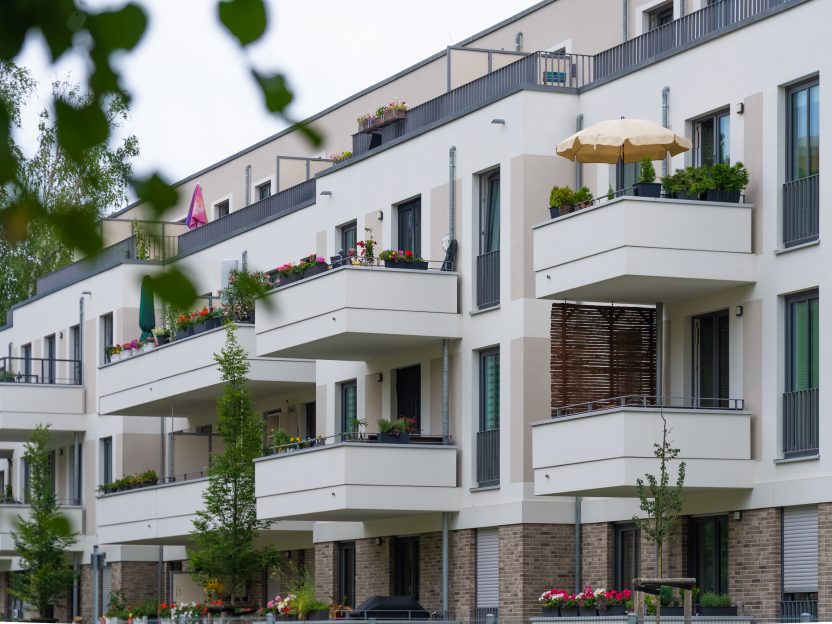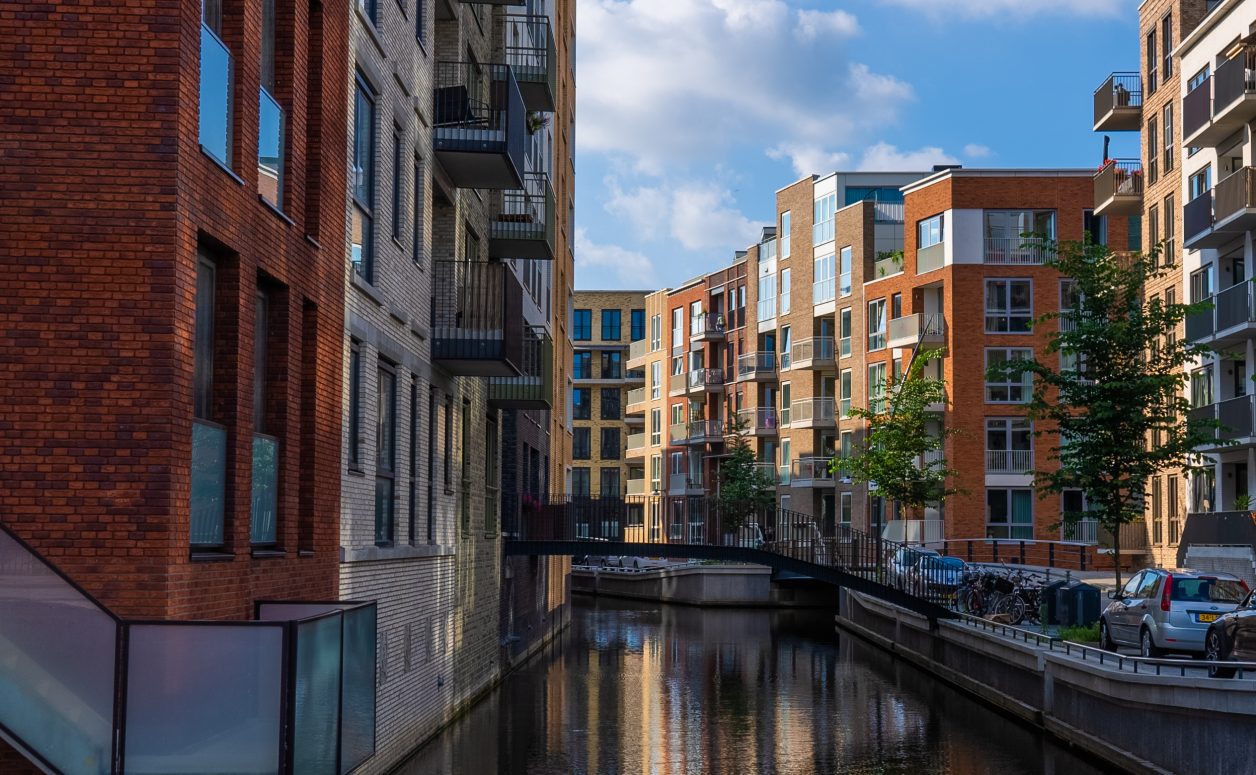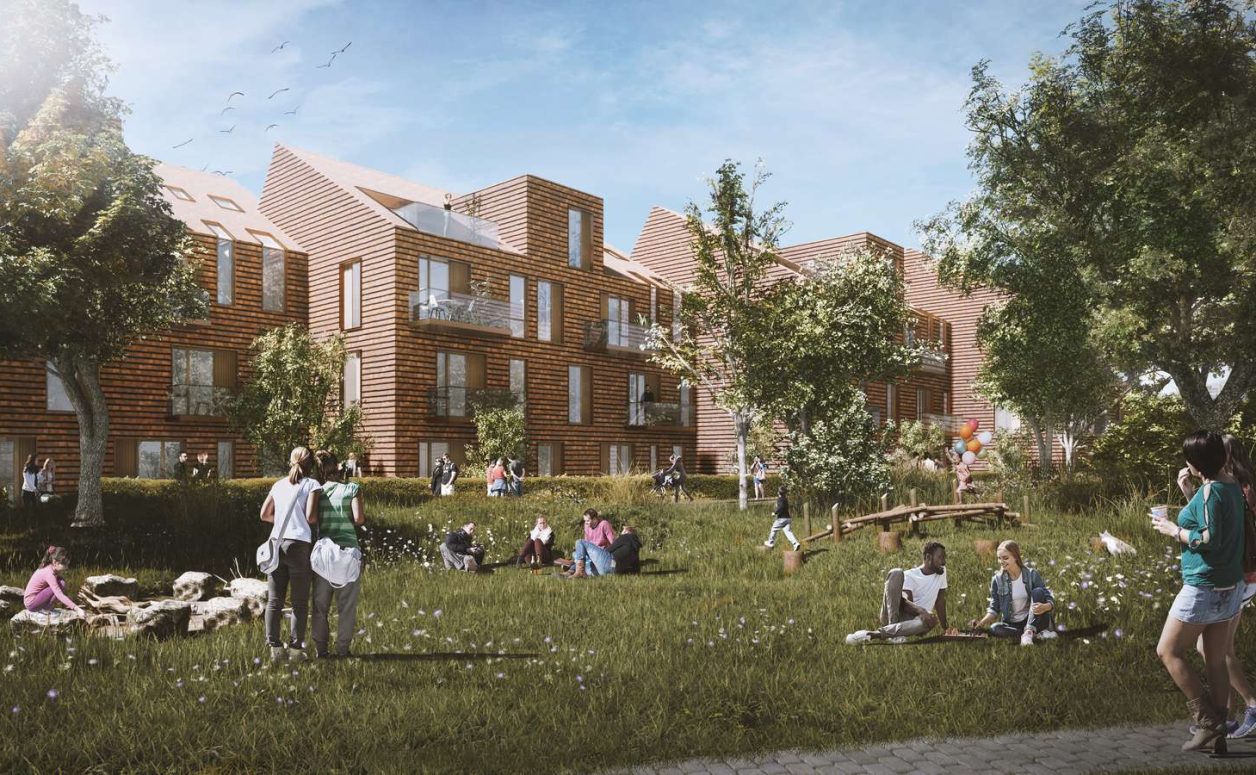Investments in the asset class residential are substantially impacted by economic development as well as legal and political changes. Its status as a relative stable asset class in times of economic upheaval and increasing uncertainty in the investment markets has led to growing interest in this asset class in recent years. In direct comparison to other investment products, well thought-out residential designs, prospective locations and a sustainable overall ecological, social and economic concept are decisive in ensuring the long-term competitiveness of residential real estate as an investment product. A continuing surplus of demand for modern rental housing and steady urbanisation with the urban space as a unit consisting of cities and their immediate surroundings results in residential real estate in all its various forms continuing to be a decidedly sound investment category.
We have built a dedicated and experienced pan-European team which has access to an extensive network of local partners, with extensive market knowledge. With experience extending back to 2007, we operate in various fields of the residential real estate market, including the student housing segment as well as subsidised housing. We have delivered outperformance for our clients by developing and using strategic top-down market intelligence combined with research-driven investment strategies (top-down and bottom-up). In addition, our strong development, ssset and communication skills enable us to succeed in the small-scale and regulated European residential investment market.

Our strategy is based on the following key tenets:
- We invest in residential assets in select target countries across Europe, thereby diversifying the risk profile of our funds through the low correlations in performance between regional markets.
- We particularly focus our investments on regions with strong and varied concentrations of knowledge-intensive industries and above-average economic performance. Such general characteristics have proven favourable for the return on investment in housing in recent years, and we believe this will continue to be the case.
Investment Criteria
- Modern, affordable residential real estate assets (existing buildings and turnkey projects) with a minimum investment of €15 million to a maximum of €60 million
- Pan-European with a focus on, Austria, Denmark, Germany, Italy, the Netherlands and Spain
- Cities (100,000-plus population size) or smaller towns (circa 50,000 residents) in metropolitan areas which demonstrate positive demographic growth
- Commercial plots in Germany and Austria located on the edge of residential areas with and without planning permission and building permits
- Commercial buildings with the potential for conversion into residential in Germany and Austria
- Subsidised housing, micro-living and student accommodation (fully-furnished; without operator)






